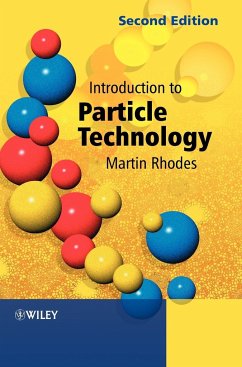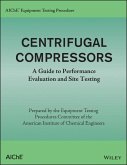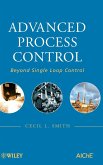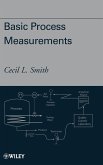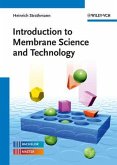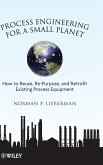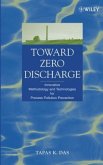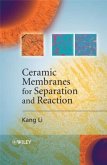In general terms, microstructural characterization is achieved by allowing some form of probe to interact with a carefully prepared specimen sample. The most commonly used probes are visible light, X-ray radiation and high-energy electron beams. These three types of probe form the basis for optical microscopy, X-ray diffraction and electron microscopy. The book is an introduction to the expertise involved in assessing the microstructure of engineering materials and to the experimental methods used for this purpose. In the same way as the first edition, Microstructural Characterization of Materials - 2nd edition will explore the methodology of materials characterization under the three headings of crystal structure, microstructural morphology, and microanalysis. The principal methods of characterization including diffraction analysis, optical microscopy, electron microscopy, and chemical microanalytical techniques are treated in full. An additional chapter has been added to the new edition on surface probe microscopy and there are new sections on digital recording, processing, and analysis. The second edition has been updated, and has revised and expanded problems from the first edition to aid learning. The book will appeal to senior undergraduate and graduate students of material sciences, materials engineering and materials chemistry. In addition, more advanced researchers will find the book useful as a general reference source.
Bitte wählen Sie Ihr Anliegen aus.
Rechnungen
Retourenschein anfordern
Bestellstatus
Storno

